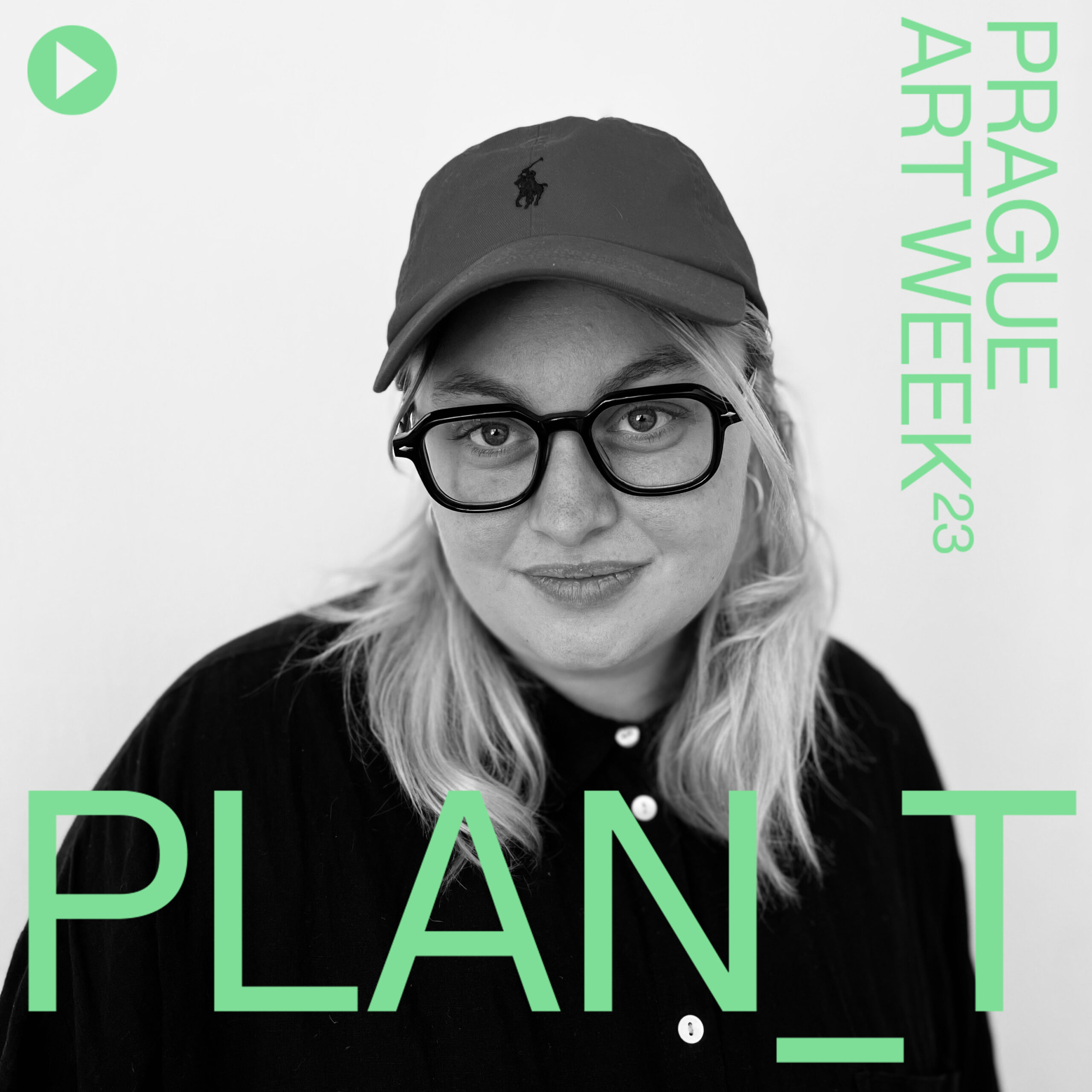How do artist run-spaces work? Who creates the nurturing ground for artistic realizations and under what conditions? What are the needs of young artists and how do artist residencies work?
In the first episode, Natálie Kubíková, a curator and gallerist who has been running Garage Gallery in Karlín since 2018 and is also graduating this year from the New Media II studio at the Academy of Fine Arts in Prague, answers these questions. Natálie comes from a family that founded and manages the renowned Kubík Gallery in Litomyšl and although the dramaturgy of the two galleries is different, Natálie says that the synergy and family background is an important support for the non-profit Prague gallery, which she currently runs together with Mia Milgrom.
Natálie founded the gallery in 2018 with artist Tomáš Kurečka as an artist run-space. This term is a significant label for how artists operate in the gallery environment today, not only as producers of solo works but also within participatory projects. For Natalie, who founded the gallery as an art student, this model of artist-run gallery space was a natural way to profile herself as a gallerist and curator. “I often explain the term artist run-space to foreign artists who come to Prague and want to know something about the local art scene. I say that the domain of the Prague scene is that art school students both initiate and attend exhibitions in large numbers, and that’s where a lot of the audience numbers come from – often commercial galleries have been created as artist run-spaces.”
Garage Gallery (GG) is a non-commercial gallery focusing mainly on young artists and contemporary themes that resonate not only in the Czech context. Besides exhibitions, it is a space that provides studios for Prague artists and also focuses on providing residencies abroad.
Where to apply for a residency? On the PAW website, you will find a list of residencies and opportunities for artists, curators, as well as art institutions, from which interested parties can choose specific international residencies suitable for a variety of projects.
However, given the popularity and volume of applications in general, Natalie draws from her own experience of the annual Open Call at Garage Gallery to highlight the importance of carefully selecting individual applications, “Artists should choose carefully which space they apply to and with which project so that it resonates thematically, both within the gallery’s focus and within the exhibition possibilities of the space.”
The gallerist herself often participates in residencies abroad, thus expanding the links between the Czech and foreign scenes and broadening the perspective of the Prague audience who visit the exhibitions at Garage Gallery. In this way, she places themes and approaches that resonate abroad back into the local scene, which is an important part of her own curatorial work and cares for Prague’s cultural landscape.
Under her leadership, Garage Gallery now focuses mainly on performative exhibition projects and events. One such example is the ongoing group exhibition Tip Of The Tongue. The exhibition was launched alongside original readings of texts by several Czech and international artists, creating a fertile ground for media and approaches that are often unusual in the Czech environment.
